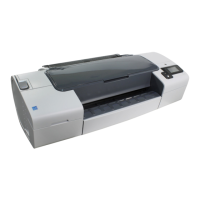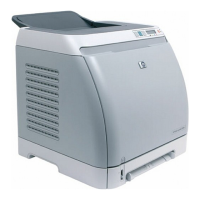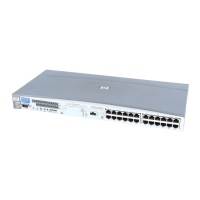• Floppy disk drives and CD-ROM drives must be connected to IDE or SCSI
controllers. External devices such as USB or PCMCIA devices are not supported.
However, ASR using the USB flash drive is supported on HP Integrity servers
(IA-64 platform). For details, see the “Recovering Windows Server 2003 on HP
Integrity servers” whitepaper available at http://docs.hp.com/en/windows.html.
Hard Disk Drives
• The target system must have the same number of physical disks with critical volumes
as the original system.
• Replacement disks must be attached to the same host bus adapter on the same
bus.
• The storage capacity of each replacement disk on the target system must be bigger
than or equal to the capacity of the corresponding disk on the original system.
In addition, disk geometry of the replacement disk must be the same as on the
replaced disk.
• All disks on the target system must have 512 bytes-per-sector.
• All disks used in ASR must be accessible to the system (hardware RAID must be
configured, SCSI disks must be correctly terminated, and so on)
• When backing up the client, the default 64 kB block size should be used to write
to the device if you plan to perform an offline restore. This is the only default block
size available on Windows when performing disaster recovery. To verify that the
default 64 kB block size is set, choose Advanced in the Properties box, as shown
in Figure 6:
Disaster recovery for Windows88
